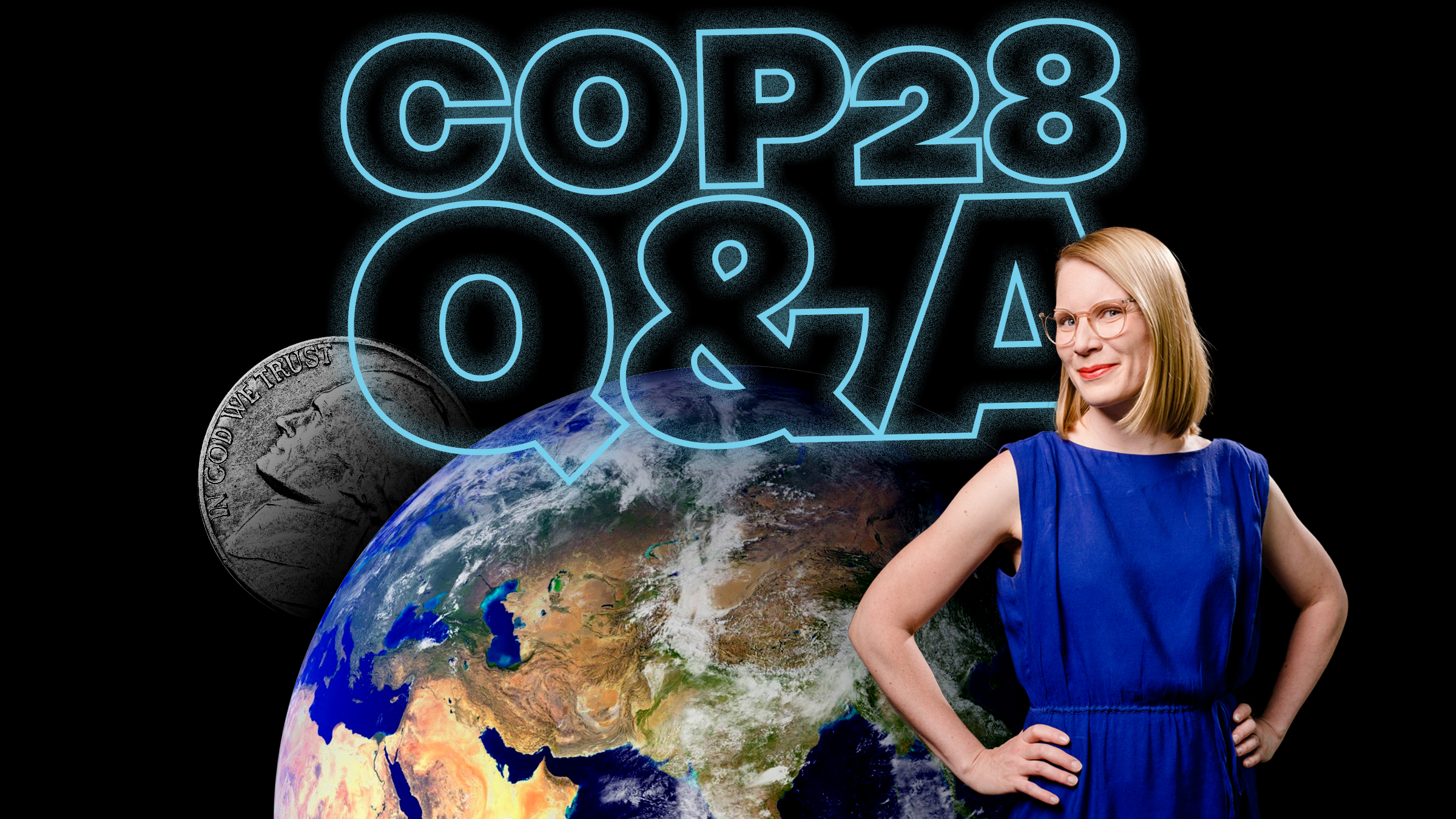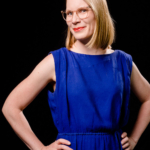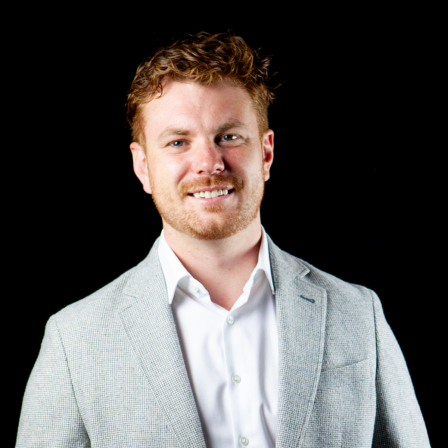UN climate talks in Dubai, United Arab Emirates, ended with a compromise on fossil fuels. The negotiations were billed as the most important since the 2015 Paris climate conference.
Tuuli Hietaniemi, Senior Lead at The Finnish Innovation Fund Sitra, followed the climate negotiations on the ground. We asked her about the outcome of the meeting.
1. What was achieved in Dubai?
The outcome is the result of hard work and a reasonable compromise. There was a historic majority of countries, including the EU, AOSIS, the UK, Australia, Canada and the US, calling for a phase-out of fossil fuels. However, there was strong opposition from the region’s oil powers, such as Saudi Arabia. In the end, the UAE presidency steered the negotiations to a tolerable conclusion. For the first time, the transition away from fossil fuels is mentioned in the final text of the UN climate negotiations, albeit in tepid terms.
From the perspective of the climate crisis, stronger language would have been needed. Unfortunately, the decision includes a reference to so-called transition fuels. This leaves the door open for natural gas and runs counter to climate goals. The signal on fossil fuels is still clear: the end is in sight.
Finland, as part of the EU negotiating team, defended ambitious decisions. The countries of the High Ambition Coalition HAC, which strongly contributed to the Paris climate agreement, also worked hard and managed to make the final result a little better.
2. The meeting took stock of global climate action. What does it look like?
For the first time since the Paris Agreement, the meeting took stock of global climate action: what has been done, is it enough, and what needs to happen next? The message is clear: more action is needed or dangerous global warming will accelerate further. There is no time to delay.
The response to the critical situation in the final text is restrained. All countries must update their climate targets, as already agreed in the Paris Agreement. Targets up to 2035 must be announced about a year before the Brazil climate conference, meaning by the end of 2024. The strength of these targets will ultimately tell us how successful the Global Stocktake has really been.
What is COP28?
What was COP28 all about?
COP is negotiating jargon. It stands for Conference of the Parties. COP28 means that this is the 28th time the meeting has taken place. The COP is the highest decision-making body of the UNFCCC, the United Nations Framework Convention on Climate Change. It meets annually to monitor progress on both the UNFCCC and the Paris Agreement.
How many countries attended?
The high-level segment that opened the Dubai climate talks alone brought together more than 150 heads of state. All UN members have a seat at the UN climate negotiating table. All countries have a voice and a chance to be heard. Countries often negotiate in different groups. For example, the EU negotiates as a group with commonly agreed positions. Other groups include the G77 and China. Despite its name, the negotiating group includes well over a hundred countries. Small island states are represented by AOSIS, the Alliance of Small Island States.
What were the main negotiating issues at the meeting?
The climate negotiations monitor the implementation of international climate agreements. The main issues under negotiation focused on reducing climate emissions, adapting to the impacts of global warming and climate finance. This year, attention focused in particular on the so-called global stocktake, the Loss and Damage Fund and the phasing out of fossil fuels. In all, there were dozens of different negotiating items.
What’s next?
Most importantly, all countries around the world need to step up the pace of emission reductions and adaptation, and support poor and vulnerable countries with adequate climate finance. Negotiations will continue at next summer’s preparatory meeting in Bonn, Germany, and then again at the Conference of the Parties in late 2024. Smaller preparatory meetings on different topics will be held throughout the year. The next meeting of the parties will be held in Baku, Azerbaijan. In 2025, the negotiations will be held in Belém, Brazil.
3. Climate finance was one of the big themes of the meeting. What was decided about loss and damage?
The meeting got off to a good start. The first day surprised even the most experienced negotiators when countries agreed to set up the Loss and Damage Fund. More than $700 million was pledged to the fund during the two weeks of negotiations.
The UAE sought to lower the so-called firewall between rich and poor countries by donating $100 million to the fund. Traditionally, the so-called developing countries group has kept its purse strings tightly shut, so the presidency’s contribution generated much-needed goodwill. But hundreds of millions of dollars pale in comparison to the needs of vulnerable countries, which are in the hundreds of billions at least.
4. What happens next?
The biggest takeaway from Dubai is the message it sends: we are moving faster and faster towards a sustainable renewable energy system that relies less and less on coal, natural gas or oil. The new system will require massive investment, so it is essential that cash flows are diverted away from fossil fuel production and support for consumption.
The Dubai outcome alone will not avert the climate crisis. It is therefore important that all countries, including Finland and the EU, commit themselves to effective, swift and determined climate action. We need decision-makers, businesses, municipalities, cities and citizens alike.
Decision-makers have a wide range of measures at their disposal to strengthen Finland’s climate policy. For example, the potential of the circular economy should be fully exploited when Finland updates its climate targets before 2025.
In fact, the circular economy was mentioned for the first time in the final document as a means of reducing emissions. It should be given much more weight in the future, as the potential for emission reductions from circular economy solutions is huge.
Climate targets are put into practice through, among other things, investments, most of which are made by businesses. In Finland, industries have developed low-carbon roadmaps and pioneering companies have set science-based climate targets. Businesses can also play a facilitating role. In Dubai, European business networks supported ambitious language on fossil fuel phase-out.
If you want to take a step towards living well within the limits of the climate and nature’s carrying capacity, you can start today. A good place to start is with Sitra’s Lifestyle Test.
Read more:
Try new Lifestyle test to see your impact on the environment. Tailored tips now included!
New working paper: negative emissions are the next step in climate action
COP28 side-event: The European Green Deal 2.0 – Tackling the twin crisis of climate change and nature loss



















Recommended
Have some more.